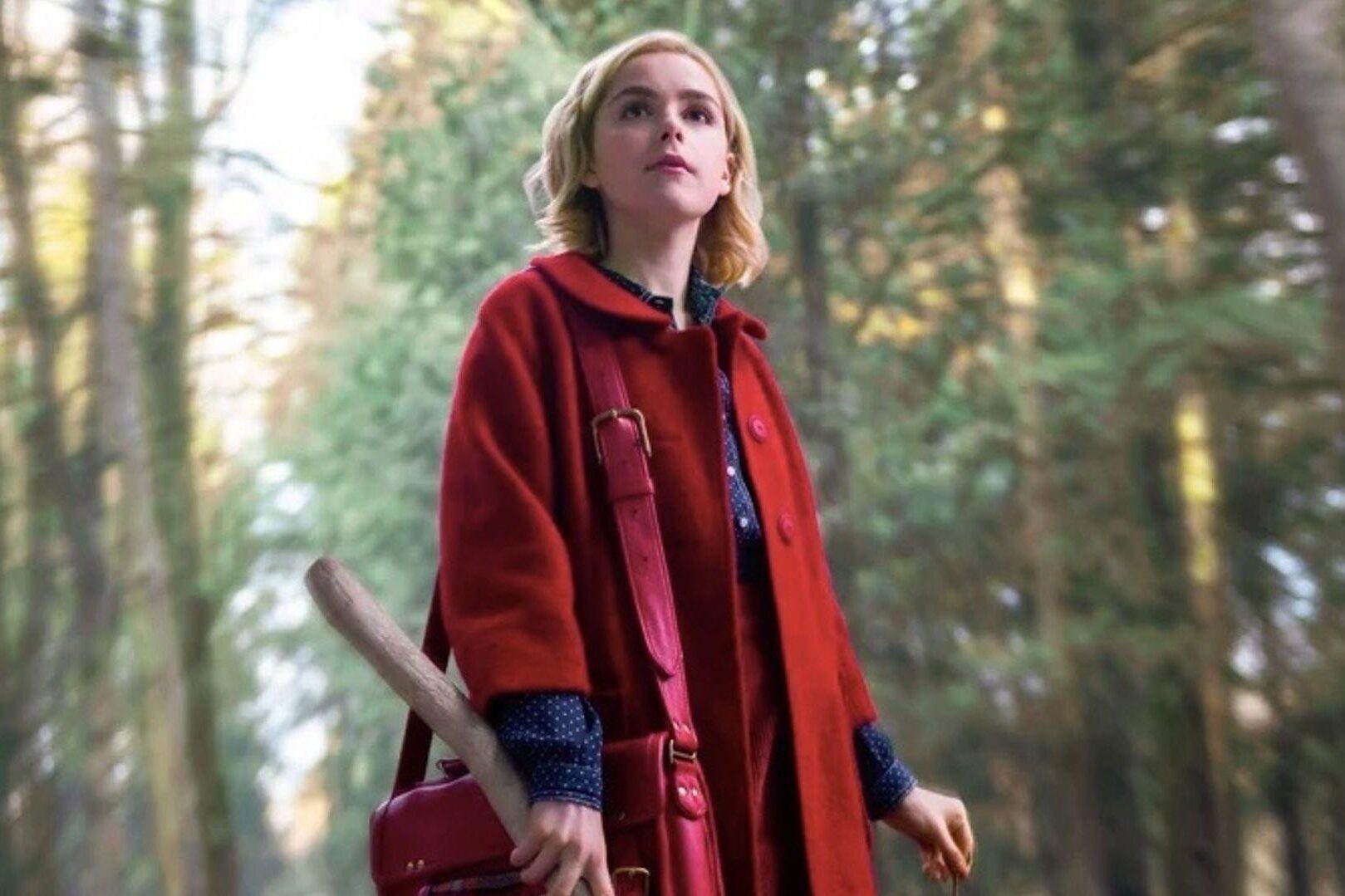Netflix Explains Why They Cancelled Your Favorite Show
Netflix has commented on why it looks like they're always canceling shows, saying their percentages are actually in line with other networks.
This article is more than 2 years old

With such a huge roster of programs, it seems like every week Netflix is canceling a series. Due to cutbacks in revenue and COVID-19 pandemic restrictions, this year has even seen the service canceling shows that they had previously renewed. Netflix has recently commented on why it looks like it is always canceling shows, saying that their numbers are actually in line with the usual amount of cancellations.
Speaking at the Paley International Council Summit, Netflix’s Global Head of TV, Bela Bajaria, and Netflix Co-CEO, Ted Sarandos spoke about the streaming service’s cancellations. Bajaria stated that Netflix’s renewal rate is close to 67%, which is fairly standard compared to other networks. Sarandos also agreed that it does sometimes seem like Netflix cancels more shows than other networks or streaming services.
Bela Bajaria said about Netflix, “We also do make a large amount of first season shows, which sometimes feels that we have more first season cancellations but if you look at the renewal rate it’s really strong.” Ted Sarandos also spoke about how the standards for what is a success and what is a failure have changed over the years. “I think it gets talked about so much because it’s measured against the old way of doing things.”

In reality, it probably seems like Netflix cancels more shows than other networks because they have far more television series than most networks. Already this year, Netflix has cancelled Away, I Am Not Okay With This, The Dark Crystal: Age of Resistance, Altered Carbon, Patriot Act with Hasan Minhaj, Chilling Adventures of Sabrina, and many more. The streaming service even cancelled GLOW, which was in production for its fourth season, but was cancelled due to safety concerns with the COVID-19 pandemic.
Yet Netflix also needs to cancel some of its shows simply because it needs the money. At the end of March, the company reported they had $14.17 billion in debt. Netflix announced that they were going to try and raise $1 billion to fund their operations. However, the first quarter of 2020 also saw Netflix gaining 15.77 million new streaming subscribers.
Earlier this year also saw Netflix increasing their subscription prices for some streaming plans for the first time since January 2019. In addition to that, Netflix is also trying out a new program in France called Direct, a service that will act more like a traditional network that will show films and television shows at specified times, rather than allowing the audience the freedom to pick what they want to watch.

But even with their debt problems and cancellations of many shows this year, Netflix still has an impressive, albeit smaller, lineup of shows coming throughout the end of the year. November 15 will see the premiere of the critically-acclaimed series The Crown for its fourth season. December 25 will see the series premiere of Bridgerton, the first show in Netflix’s collaboration with Grey’s Anatomy creator Shonda Rhimes. Wrapping up the year on December 31 will be the final season of Chilling Adventures of Sabrina.
Yet even though Netflix states that they don’t cancel more shows than any other networks, it does seem as though the streaming service is attempting to save money where they can. Netflix also notoriously doesn’t share viewership numbers, so there’s also that entire aspect that is completely unknown by the viewing public. Shows like GLOW and The Dark Crystal: Age of Resistance might seem to have a lot of fans, but by Netflix’s standards, the viewership just might not be high enough to warrant the costs.











